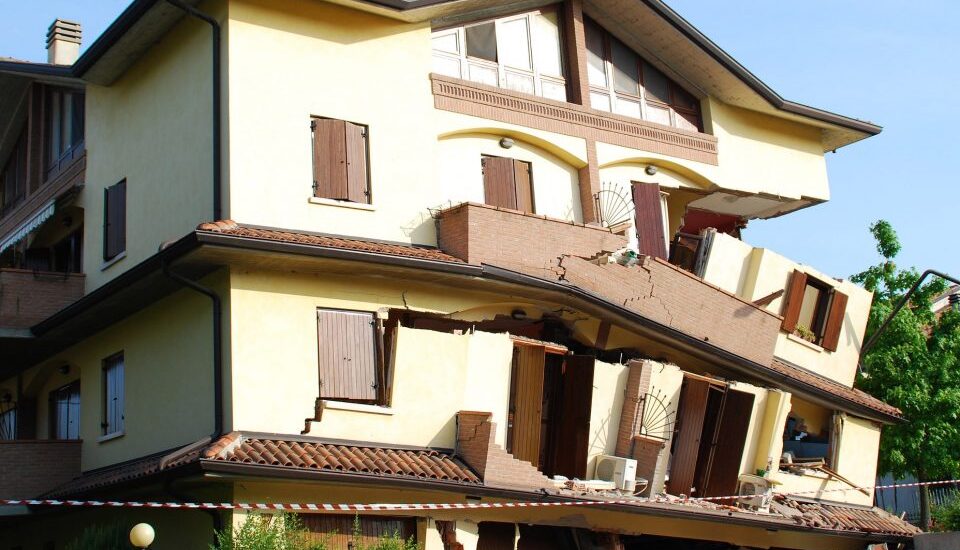- August 22, 2020
- Posted by: Felix Gomez
- Category: News

Can I Get Earthquake Insurance?
Is your home or business in an area that’s prone to earthquakes? If so, you may want to consider purchasing insurance that provides coverage if you have a loss due to earthquake activity. In order to qualify for earthquake insurance, you must have an existing homeowners, renters, or business insurance policy. Depending on who you’re insured with, earthquake coverage may either be available as an add-on to your existing coverage or a stand-alone policy.
How Do I Reduce The Cost Of Earthquake Insurance?
Earthquake coverage tends to be fairly expensive because those who purchase it usually make claims at some point during the life of the policy. Many factors are considered in determining the cost of earthquake coverage. Some of these factors, such as ZIP code, the age of the structure(s), the number of stories in the structure, the structure’s rebuilding cost, the soil type on the property, the building materials used in the structure, and an area’s proximity to fault lines and seismic activity are beyond the owner’s control. There are some things an owner can address, however, which mitigate the risk of damage from an earthquake and may reduce the cost of insurance.
- Home Not Bolted to Foundation – Buildings not bolted to the foundation can move off of them during earthquakes.
- Cripple Walls – Wooden floors and stud walls built on top of an exterior foundation to support a building and create a crawl space are called cripple walls. They carry the weight of the structure and during an earthquake, these walls can collapse if they aren’t braced to resist horizontal movement.
- Post and Pier Foundation – Wood posts resting on unconnected concrete piers and supporting the outside of a building (often hidden by siding nailed to the outside of the posts), can fail during an earthquake if they are not braced against swaying.
- Unreinforced Masonry Foundations – Brick, concrete block, or stone foundations may break apart, or be too weak to hold anchor bolts during an earthquake.
- Unreinforced Masonry Chimneys – Chimneys built of unreinforced brick or stone can collapse or break during an earthquake which can lead to injuries and property damage.
- Unreinforced Masonry Walls – Structures built with bricks, hollow clay tiles, stone, concrete blocks, or adobe are vulnerable to earthquake damage since the mortar holding it together is usually not strong enough to resist the forces. Anchoring these walls to the floor and the roof is an effective way to mitigate this risk.
- Soft Stories – Large openings on the lower floor, such as a garage door or a hillside house built on stilts need to be appropriately braced. Mixed-use buildings with parking or commercial space on the first floor are susceptible to collapse if the ground floor walls and columns are not strong enough to hold up the building during earthquakes.
- Buildings with Unique Designs – Buildings with irregular shapes, large windows, more than two stories, irregular walls, porches/overhangs, or that are not specifically designed and built to withstand earthquakes are more at risk.
In general, the more resistant your building is to earthquake damage, the less you’re going to have to pay to insure it.
